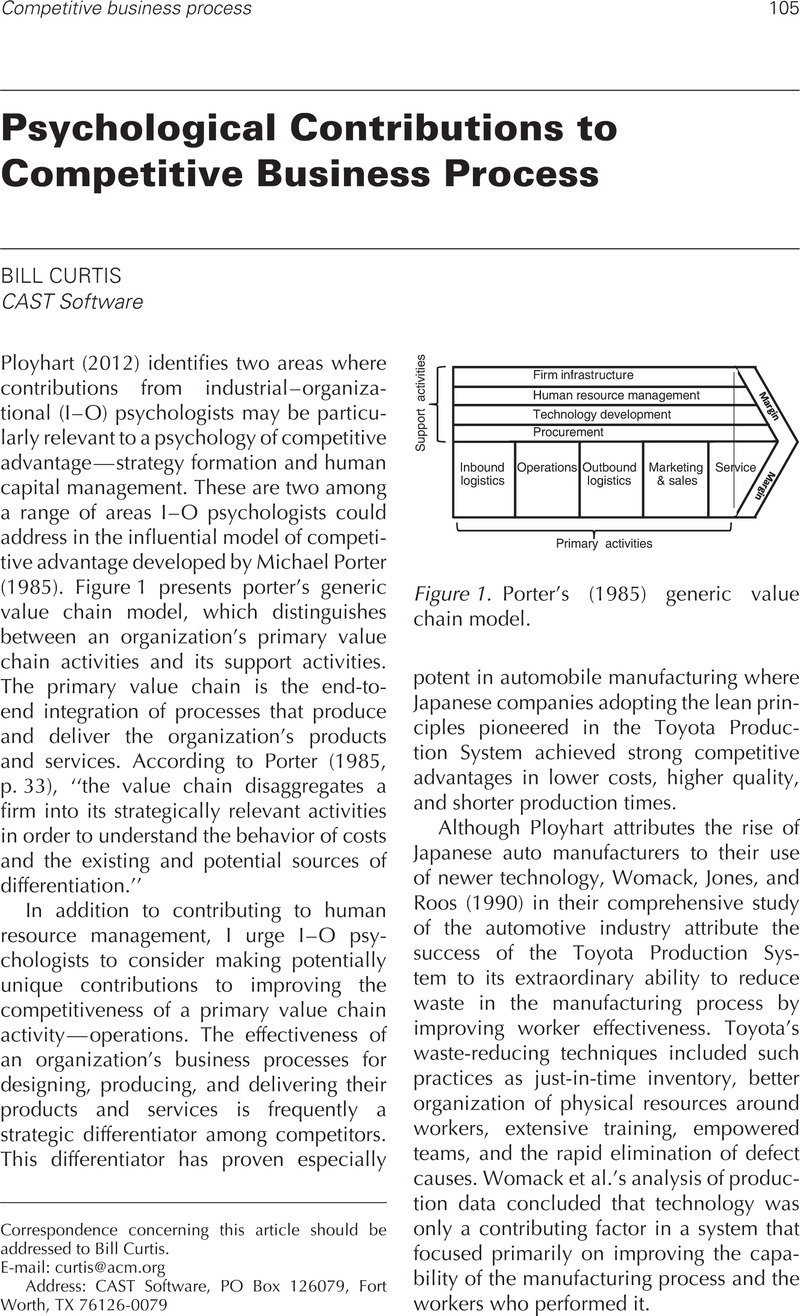Crossref Citations
This article has been cited by the following publications. This list is generated based on data provided by Crossref.
Ployhart, Robert E.
2012.
From Possible to Probable: The Psychology of Competitive Advantage.
Industrial and Organizational Psychology,
Vol. 5,
Issue. 1,
p.
120.
Kropsu-Vehkapera, H.
and
Kess, P.
2013.
Information systems support to the human resource management in universities.
p.
207.
Aguinis, Herman
and
Glavas, Ante
2013.
Embedded Versus Peripheral Corporate Social Responsibility: Psychological Foundations.
Industrial and Organizational Psychology,
Vol. 6,
Issue. 4,
p.
314.



